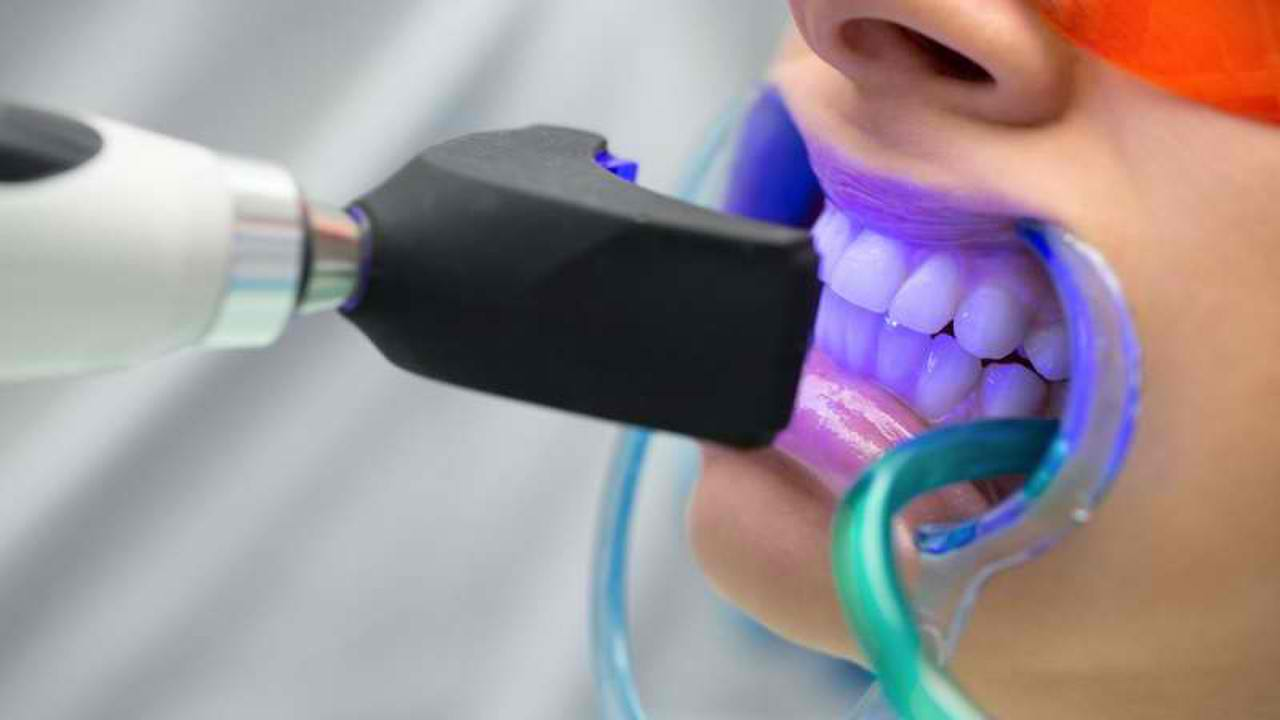
Studies have shown that most human teeth are not naturally pearl-white. In reality, most teeth are different shades and hues that tend towards yellow. Nor are teeth uniformly colored.
Teeth may be stained or discolored for a variety of reasons. If you want to make them brighter and whiter, you can do so safely. There are several options to choose from. You can visit your dentist for whitening treatments or try at-home whitening products.
But before you consider whitening or bleaching your teeth, here are some possible risks you should know.
Teeth Discoloration
Extrinsic discoloration is when foods, beverages, or smoking habits stain your teeth. Coffee, tea, red wine, foods with dyes, and tobacco can contribute to this type of staining. These stains affect the outside of your teeth.
Extrinsic discoloration may be treated with whitening toothpaste that target the teeth’s outside stains.
Intrinsic discoloration is from within the tooth. You may have intrinsic discoloration because of medication use, childhood illness, infection, tooth trauma, or aging.
Intrinsic discoloration may need to be professionally bleached to get the same level, or better, of teeth whiteness.
Teeth Whitening or Teeth Bleaching
Generally, tooth whitening is successful in at least 90 percent of patients. As a rule of thumb, yellow-colored teeth respond well to whitening, while brownish-colored teeth don’t respond as well. Gray stains caused by smoking, taking tetracycline or fluorosis (ingestion of too much fluoride) most likely will not be dramatically changed by tooth whitening.
Is bleaching your teeth safe?
While teeth whitening is considered safe, you may experience some side effects from treatments:
- Teeth sensitivity. Your teeth may become more sensitive following teeth whitening. You may experience this on your first or second treatment, and it may diminish with time. Your dentist may recommend treating sensitivity with products that contain potassium nitrate and sodium fluoride gel.
- Irritated gums. You may also experience gingival irritation. This is when your gums become irritated. This can happen because of contact on your gums with the whitening product. This side effect should go away after your treatments.
Teeth whitening treatments may not be right for you to try while you have active cavities or certain dental work in progress.
Does teeth whitening damage the enamel?
The conclusive answer is no, teeth whitening gel will NOT damage or harm your tooth enamel. Enamel is considered the hardest tissue in the human body. Enamel consists of tiny tubules that can only be viewed under high magnification. Even though Enamel is the outermost layer of the tooth, it is the layer of tissue beneath the enamel that absorbs the majority of the stain, called dentin. In order to achieve successful whitening, the product flows through the enamel tubules and begins to lighten the underlying stained tissue.

